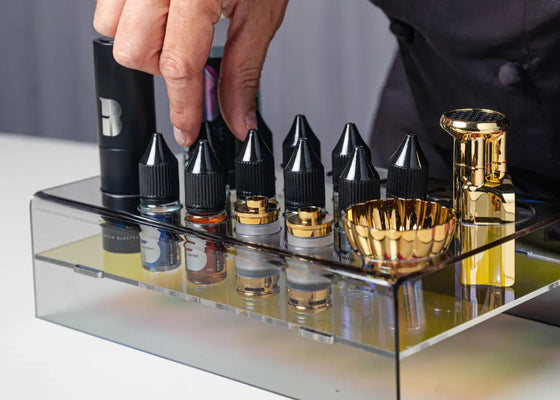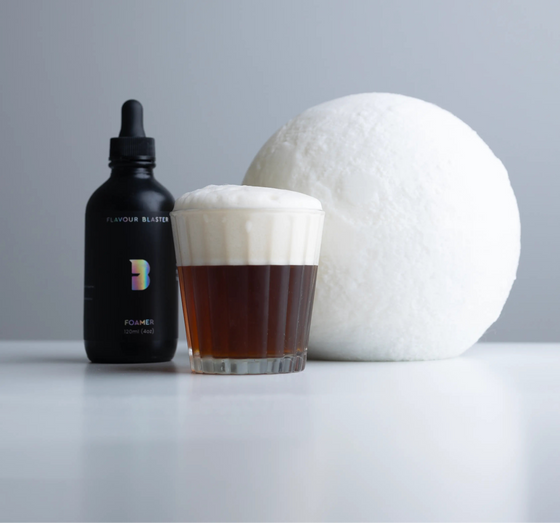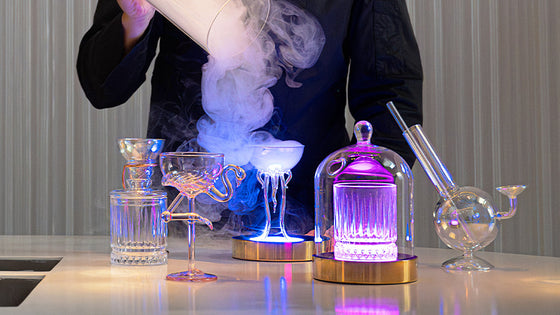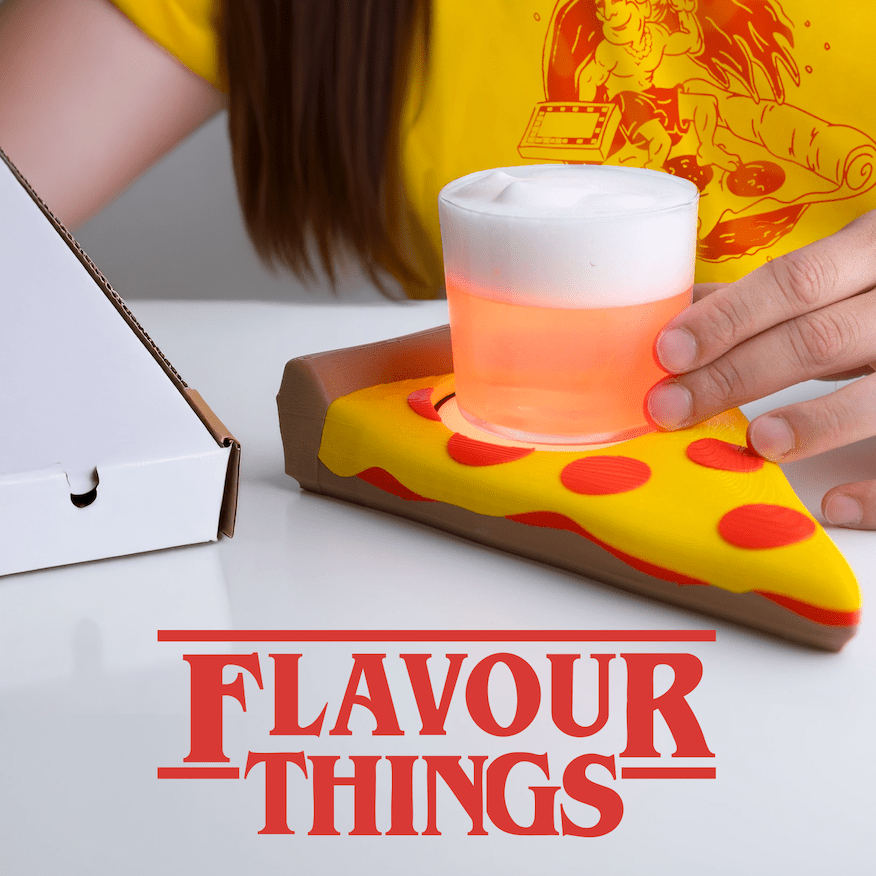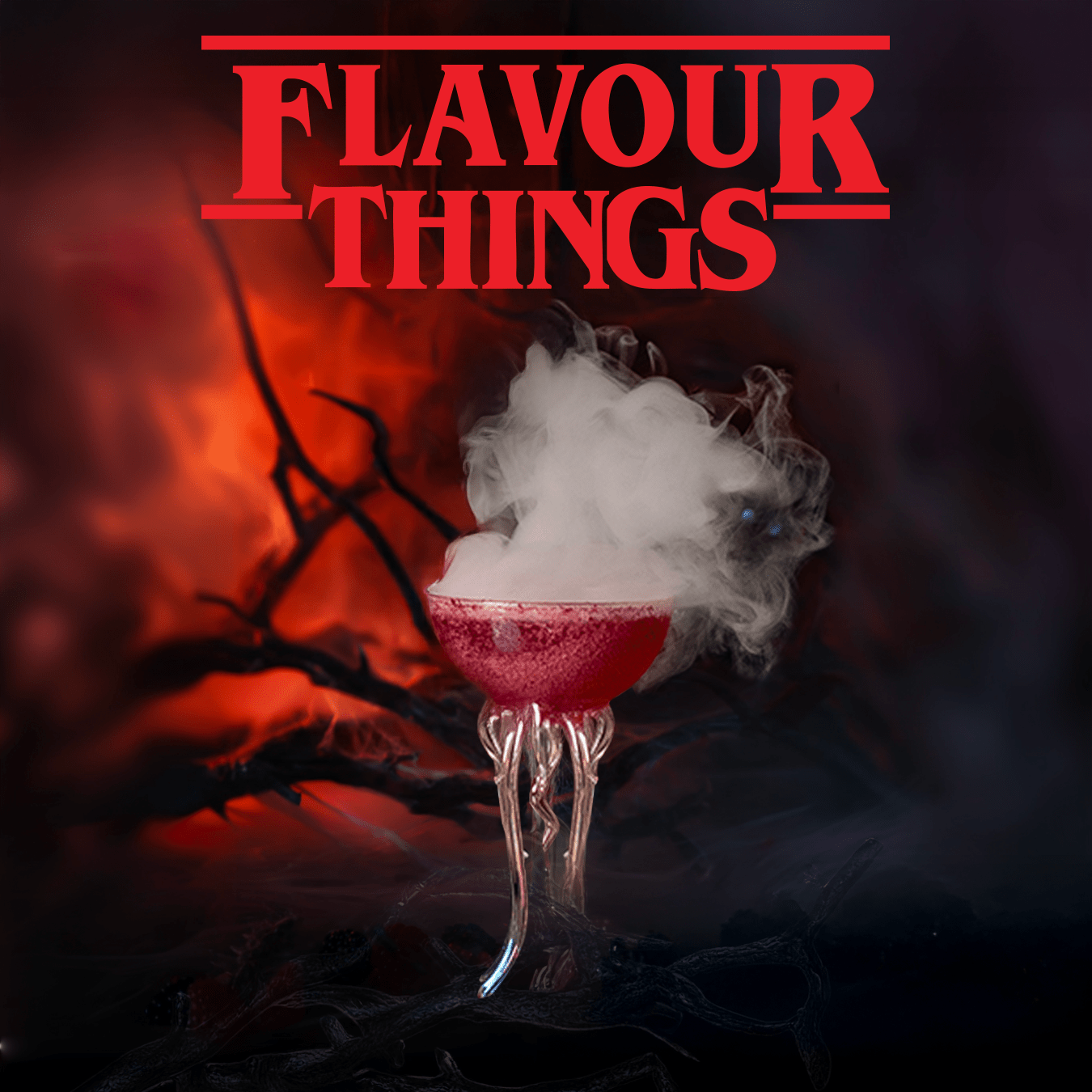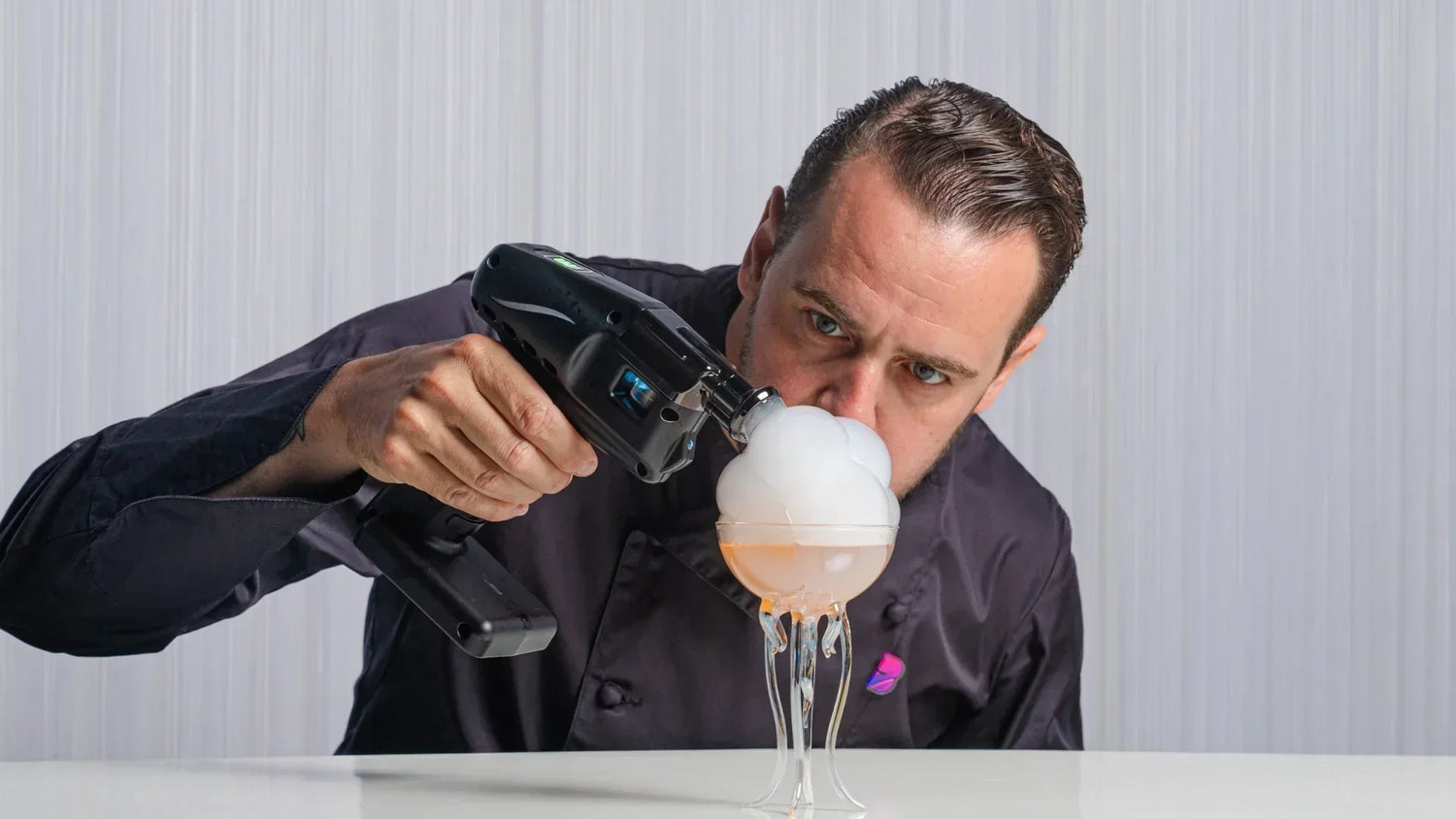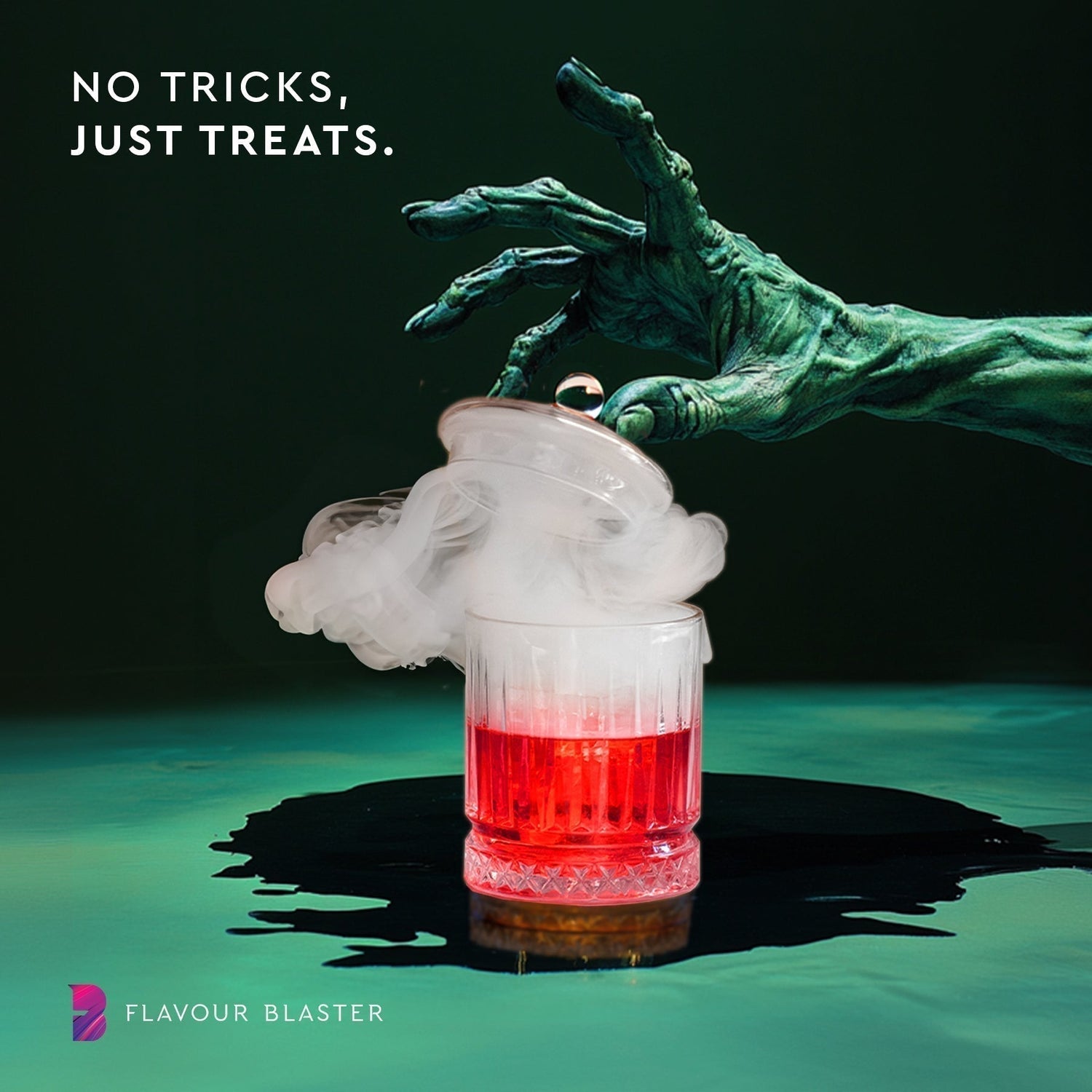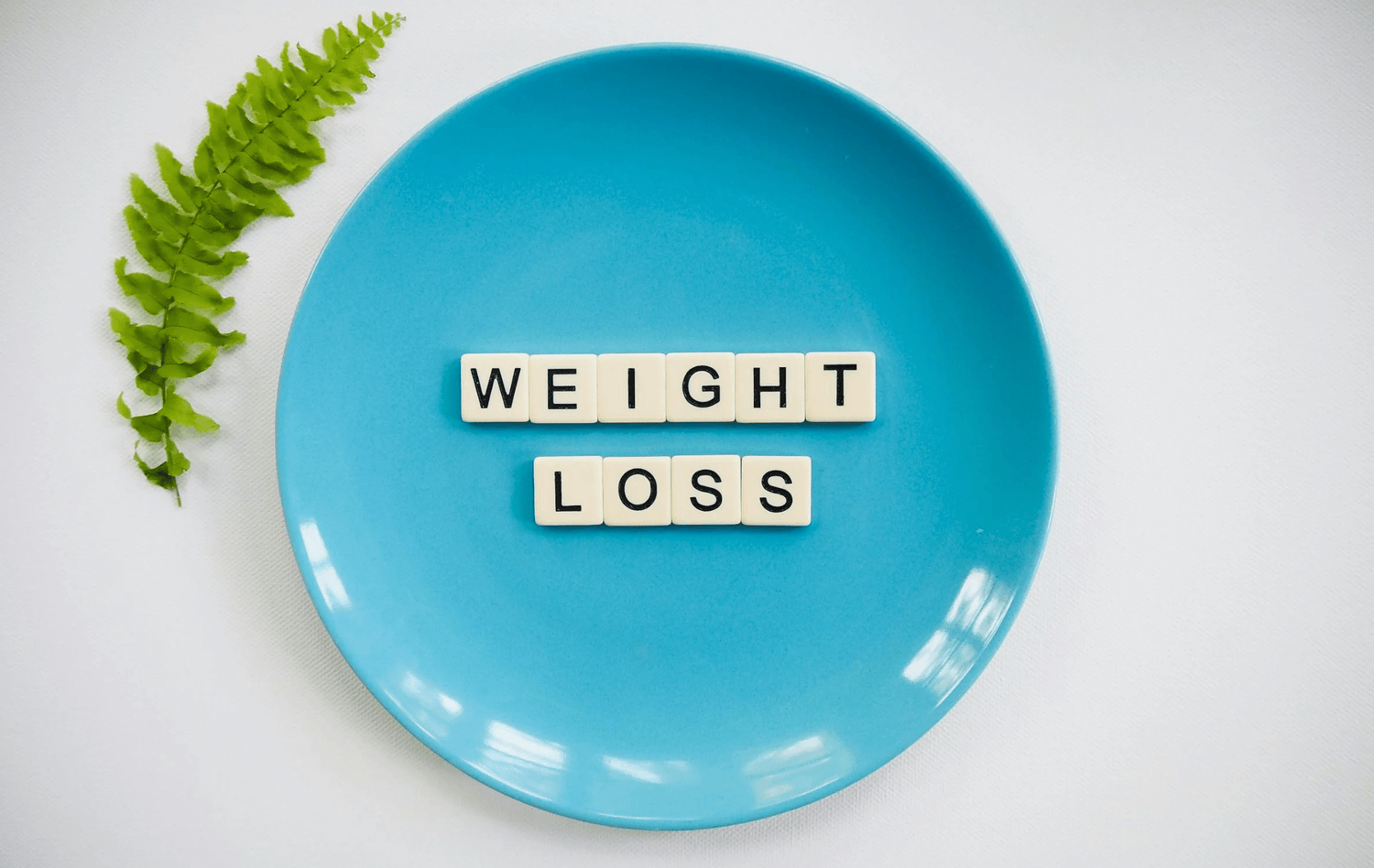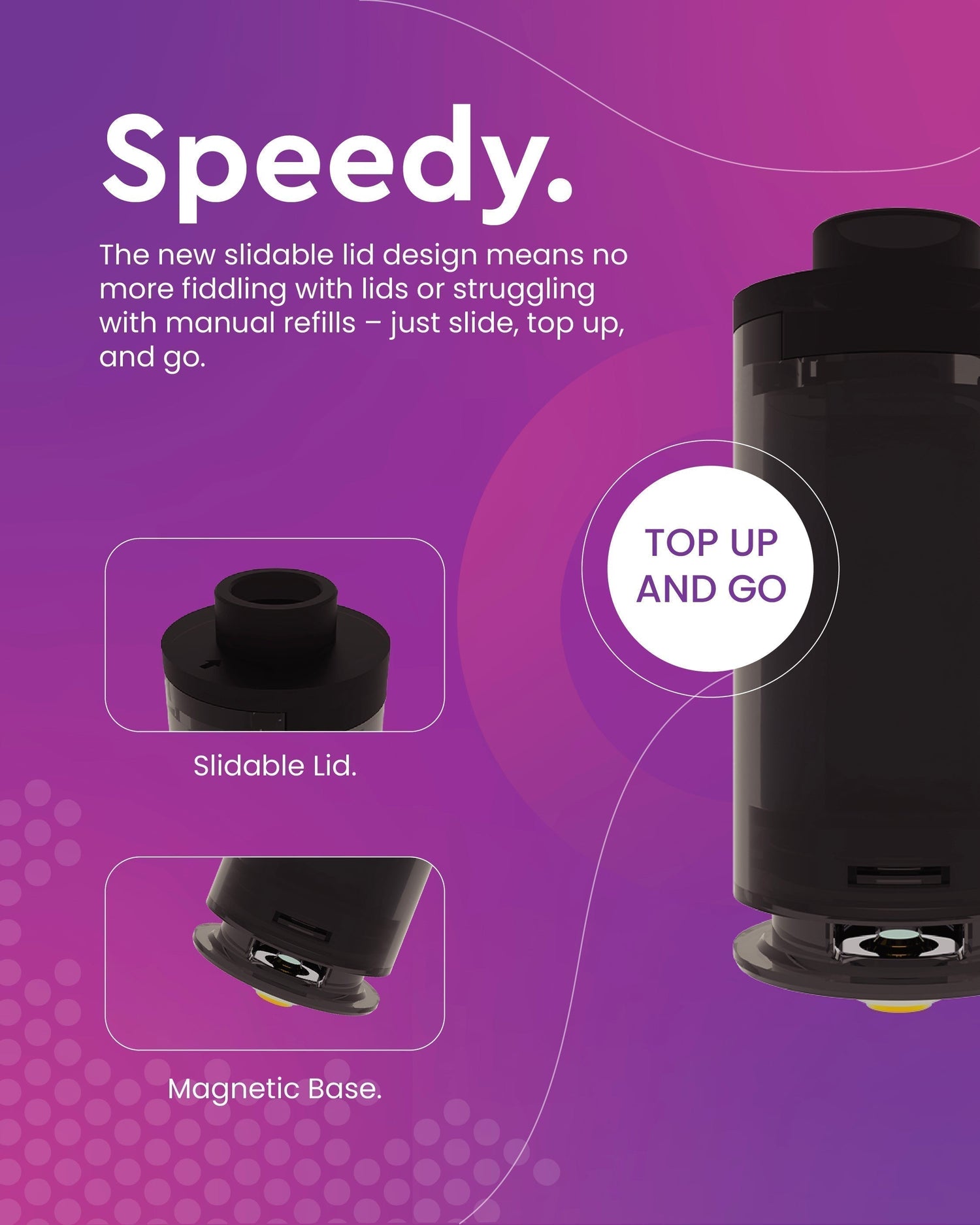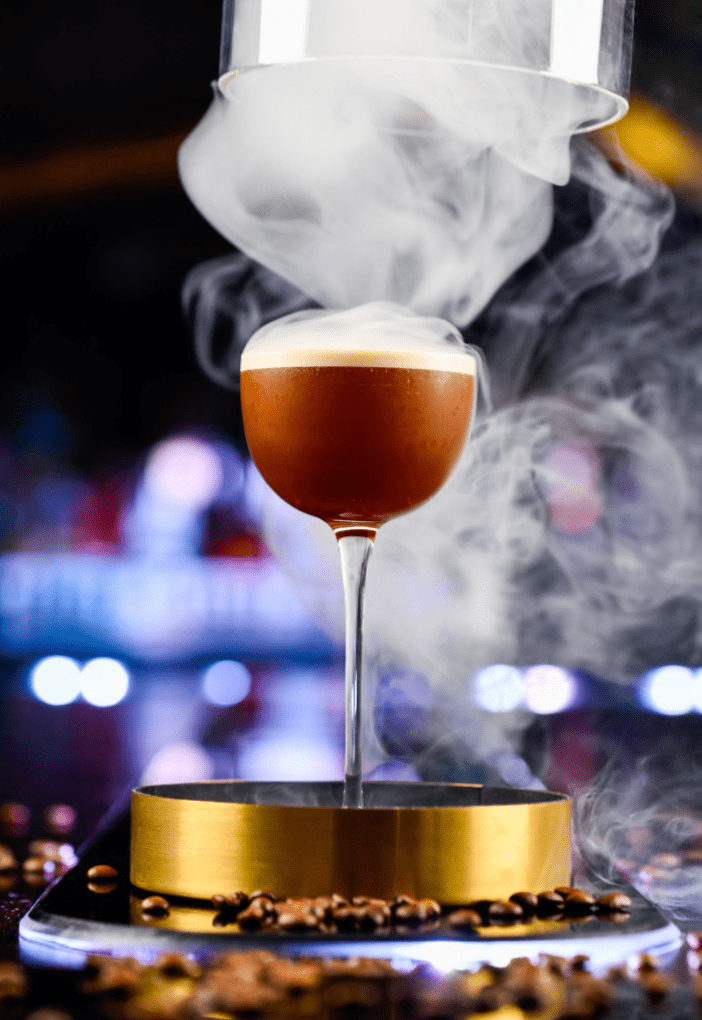Using the Flavour Blaster in the Kitchen
Fire is elemental. Cooking food over fire allowed early humans to draw better energy from meals. Eating from the grill allowed us to become fitter, stronger and provided enough brain fuel to invent tools that could improve our lives.
You'd be forgiven for thinking that nowadays, with all the kitchen gadgets available, that fire isn't as important. But, the flavours and techniques associated with fire cooking are everywhere. Show me a chef, even a vegetarian or vegan one, who doesn't like smoke-flavoured ingredients. There's smoked salt, smoked paprika, smoked cheese, smoked fish, smoked tea, smoked alcohols like beer, whiskey, gin and vodka, smoked garlic, smoked olive oil, smoked sugar, smoky chipotle peppers, and that's before you even get into barbecues, open grills, rotisseries, or charring.
"Some say umami is the fifth [taste], in addition to salty, sweet, sour, and bitter…I say smoke is the sixth."
Korean-American-Southern chef Edward Lee, author of Smoke and Pickles
Although not technically a taste, in the sense that we don't have specific taste receptors to pick out smoked flavours specifically, smoke is a triple threat to our senses. It comprises three elements; taste, physical stimulation and smell.
The Flavour of Smoke
Let's have a look at those elements in detail.
- Taste is specifically how the tongue perceives the ingredient when it touches food.
- Physical sensations can be a sensory response to texture, sound, appearance or pain — like the thrill of fizz or spicy heat.
- Then there's smell: What your nose detects. Our noses are more sensitive than our tongues, so most of the flavour of smoke is actually in the scent.
Flavour is the full impact of the ingredient on your body. The human body's chemical sensing system includes the mouth and nose but also the eyes, ears and throat. In all these areas, thousands of nerve endings identify taste, odour, hot, cold, volume, timbre, texture, numbness, fattiness and pain. It is also through the combined chemosensation that all these information sensors actually work together.
"We treated smoke as important as salt or garlic or onion. Without it, the food always feels a little empty to me." Chef Victor Albisu @tacobamba, @pocamadredc
The Smoking Gun
Because of the taste elements of smoke, chefs are using grills, smokers or even handheld smoke guns to capture the essence of real-life wood fire smoke on their dishes. But smoke, being a gas, is a fickle ingredient, and there's really no way that you can maintain the look, feel, and smell of smoke as your dish gets taken from the pass to the table. So this destroys any option to impress your guests with either the scent or physical sensations of smoke.
Open fires are not easy to keep safe in the dining area; traditional smoking guns are slow to set up and challenging for untrained servers to use. If you took the smoking guns out of the kitchen, and onto the restaurant floor, insurance underwriters and health and safety officers would have a field day. So, many chefs have turned to alternatives like dry ice or water vapour to add visual appeal.
In reality, that means that you either need to do a two-step process to hit all the chemical receptors for taste, smell and physical sensation by combining the smoked cooking process with visual displays of dry ice. Or you just use one or the other, losing an essential and elemental opportunity to wow a guest. The first is inefficient and costly. The second loses impact. It's a tricky situation.
That's why chefs have been turning to the Flavour Blaster gun. Although cocktail bartenders created it, chefs have realised the potential of using the aromatised vapour that can either be trapped within an edible bubble (controlling the release of gas) or used at the table (using a safe, easy, standardised gadget). There are many aromas available, including smoke — described as a campfire of sweet birch, vanilla oak and piney juniper.
"It's an incredible product. I tried, for a long time to make simple edible bubbles for our plates. Then, FLAVOUR BLASTER appeared and made what was really difficult so simple."
Eduardo Rukos, @kuukrestaurant @kuukinvestigacion @senseisushimex @kiiwikrestaurante @fanrestaurante @cosanostramid @amzgburger @pokebysensei
When we asked Eduardo if he would help us out with a chef-based case study, he couldn't have been more helpful. He told us, "It's extremely easy to use and allows us to deliver true, amazing flavours and experiences to our guests." He also added a tasty Lobster Ceviche recipe you can download to get you started! Masterchef contestant and young kitchen entrepreneur Nick DiGiovanni is also a fan, so if you’d like further inspiration, he’s made a video to show how he uses his Flavour Blaster in the kitchen.
https://youtu.be/tan4LmKTnoo
